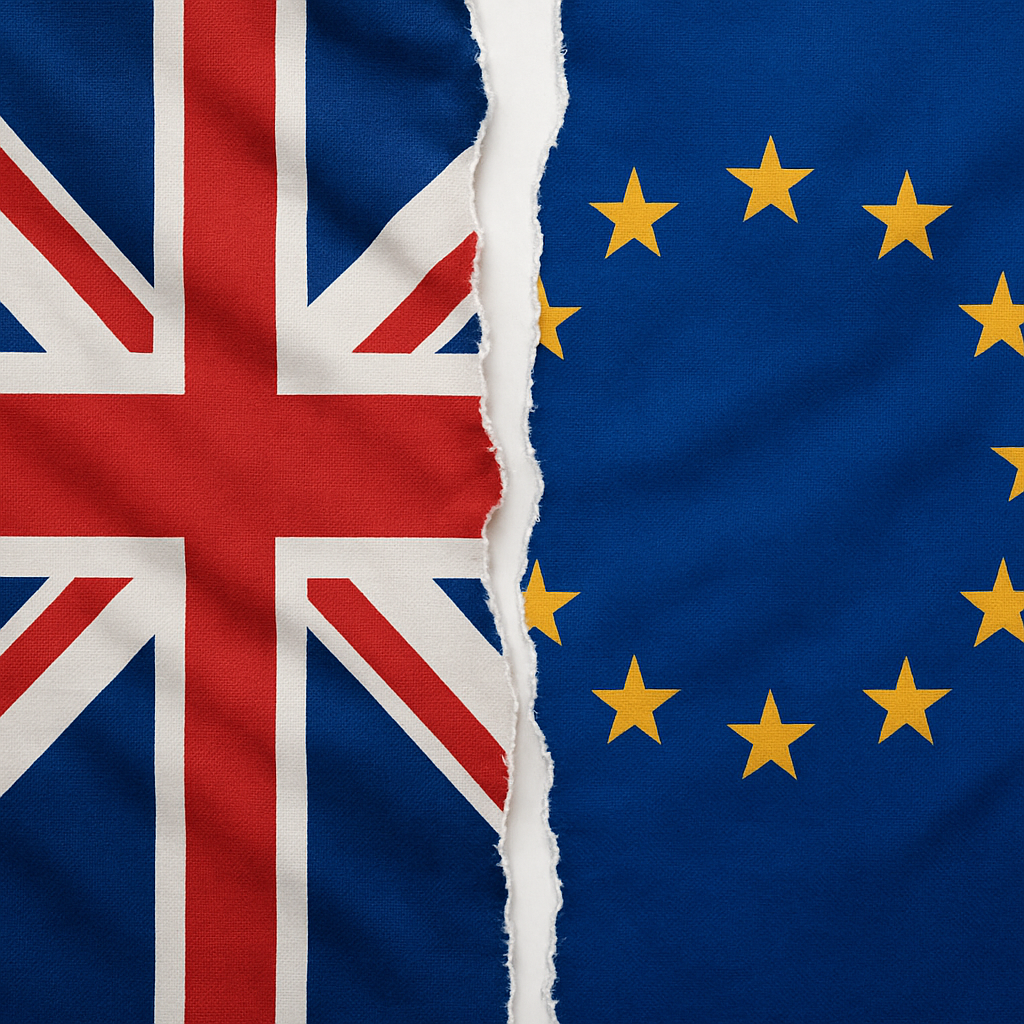(Publ. 28 NOV 2017) A patent dispute about the gene scissor CRISPR/Cas9 is ongoing in the United States and in Europe and is concerned with who will be able to use the technology. The battle is likely to slow the development of medicines and become expensive for companies, according to Swedish Television Science (SVT).
A research team in the United States led by Feng Zhang at the Broad Institute/MIT has obtained a patent for this groundbreaking technology for use in eukaryotic cells, but this decision has been appealed by the researchers Doudna and Charpentier at UC Berkeley who were first to file patent application concerning the general technology. Doudna and Charpentier were recently granted a patent in Europe covering all use of the technology in bacteria, plants and animals as well as humans, however the grant of the patent has been opposed already. The patent dispute may become long and bitter. According to an article in Science, this battle is likely to slow down the innovation within the field.
The technology has a broad potential and can become a great commercial and economic success and be important for the development of amongst other new treatments for genetic diseases. There is a risk that, with overlapping patents in both the US and Europe, those who want to use the technology will have to pay licenses to both parties.
In the article, our patent consultant Joanna Applequist comments on the ability of companies to utilize the technology from a patent perspective. You can read the article, including Joannas comments, here (in Swedish)
– o –
This cutting edge technology, so-called CRIPSR/Cas9, means that you can induce a break in the DNA strand at a desired location, e.g. to turn off the expression of a gene. A targeting RNA molecule is designed to recognize a desired site in the genome, the RNA molecule guides the enzyme Cas9 to this site, and Cas9 cuts the DNA strand right there.

.jpg)



















